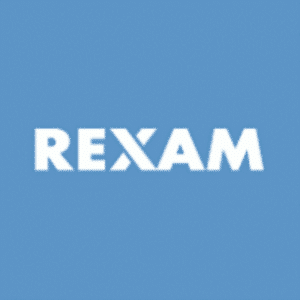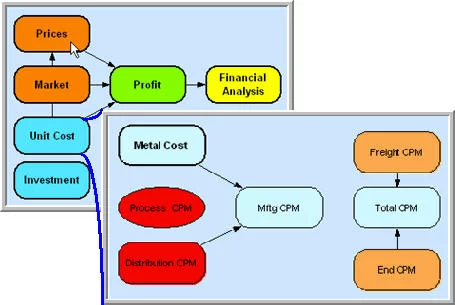 Rexam is the world’s leading maker of beverage cans, producing over 50 billion cans per year. It makes beverage containers in metal, glass and plastic, as well as packaging for the beauty, pharmaceutical, and food industries.
Rexam is the world’s leading maker of beverage cans, producing over 50 billion cans per year. It makes beverage containers in metal, glass and plastic, as well as packaging for the beauty, pharmaceutical, and food industries.
Headquartered in London, Rexam employs 22,000 people in 22 countries with a turnover of about £3.1 billion ($5.4 billion).
The challenge
Beverage brand managers are seeking to differentiate their products by replacing the standard 12oz aluminum can with innovative container styles and sizes. A recent example is the JOLT Battery Bottle™ , the first resealable 25.5oz “monster” aluminum can.
Rexam Beverage Can Americas worked with Wet Planet, the maker of Jolt Cola, to design this eye-catching package. The new can features a “power gauge” printed in thermo chromic ink which changes colors when the beverage is chilled.
As the beverage is consumed, the ink returns to its original color showing the consumer how much liquid is left.
To make cans in these new form factors, Rexam must invest in new manufacturing equipment. They faced challenging decisions to select the type and capacity of equipment with large uncertainties about the level of demand and pricing for these new products, as well as future costs of raw materials (aluminum and steel).
Suppliers, manufacturing plant, and customers are often in different countries, so these uncertainties are compounded by volatility in currency exchange rates.
Why Analytica?
Rexam analysts found the complexities and uncertainties inherent in these investment difficult to model using traditional spreadsheets.
In 1997, the European Division of Rexam (then called Nacanco) decided they needed a better tool to support analysis with multiple uncertain variables. An internal review group presented Analytica.
“We determined that using Analytica would increase our comfort level in the decision process, by modeling key R&D projects using multi-variable analysis.”
– Claude Marbach, Rexam Beverage Can America
“We couldn’t figure out a way to do with Excel, what was easy to do and display in Analytica. At the time [1997], Analytica was only available on Apple Operating system and we decided to use it even though we had to rent a Macintosh laptop.”
“For us, its key benefits are the visual representation of the models, being easily understood by upper management, the range of values for key variables, and that it lets us narrow the view to key variables.”
As Director of Operational Analysis, Mr Marbach reports directly to Rexam’s CFO.
“We like to bring a visual model and data to show senior execs, and do on-the-spot exploration. With Analytica, we can show results graphically to top decision makers and answer their what-ifs there and then.”
– Mr. Marbach
The solution
Today, Analytica is Rexam’s preferred tool for complex, multi-variables analysis. Since 1997, Rexam has used Analytica for about 25 major analyses, including:
- Plant consolidation
- Market Demand Forecasting
- Harmonization of customer prices prior to Euro conversion
- Metal future options
Rexam uses a standard model framework for analysis of R&D projects, such as manufacturing plant for the JOLT Battery Bottle™, to compute IRR. These Analytica diagrams show the top level modules, with the Unit Cost module opened to show details.

Rexam uses probability distributions to express uncertainty on key assumptions about price, market demand, and manufacturing costs.
They perform sensitivity analysis to identify key drivers in the results.
For more
Visit Rexam or contact Lumina.





